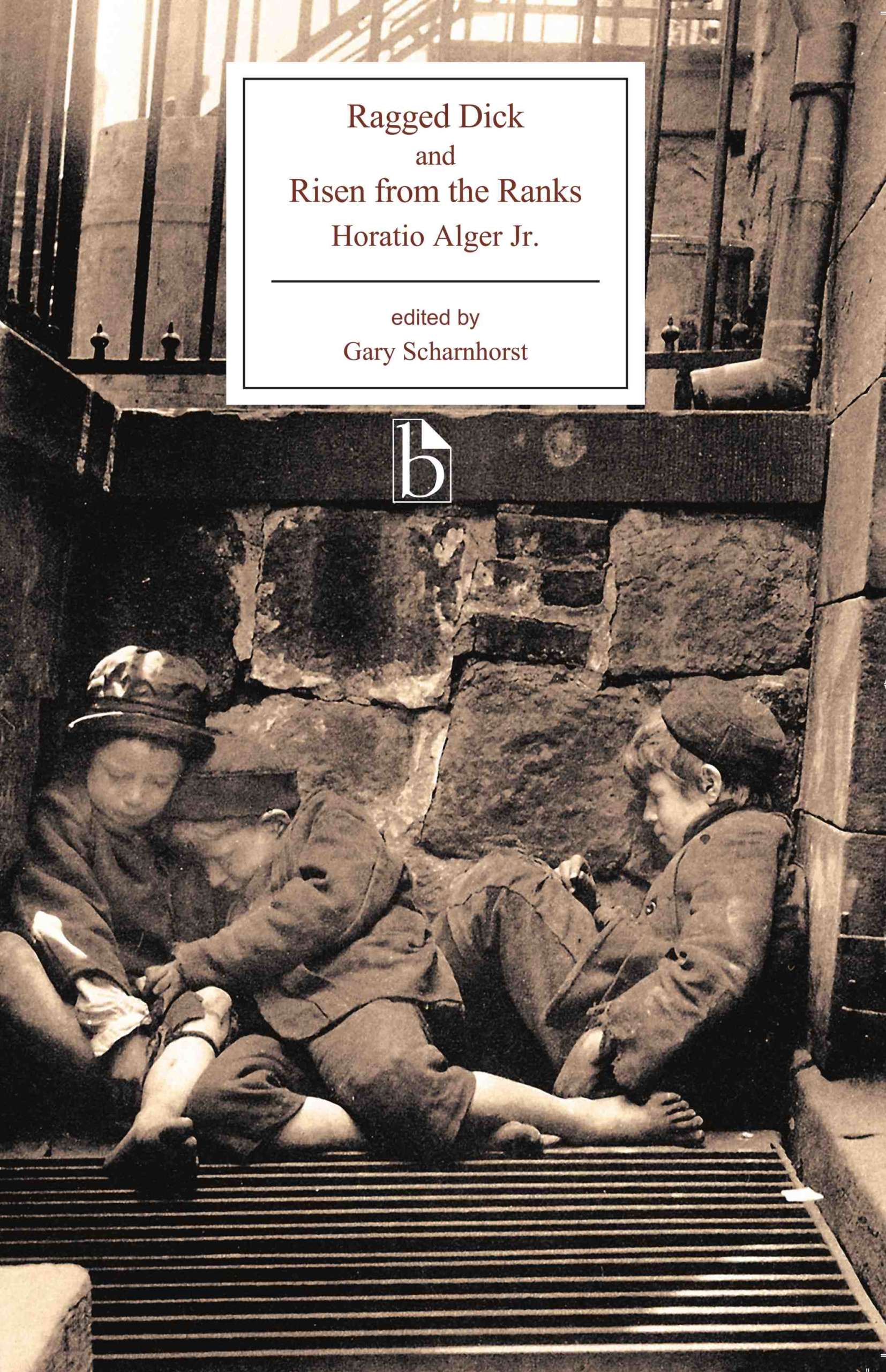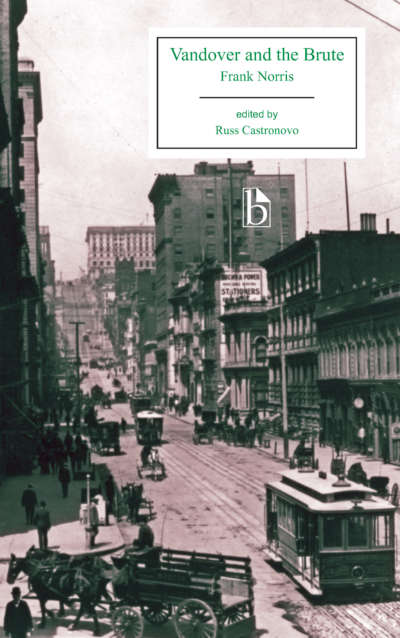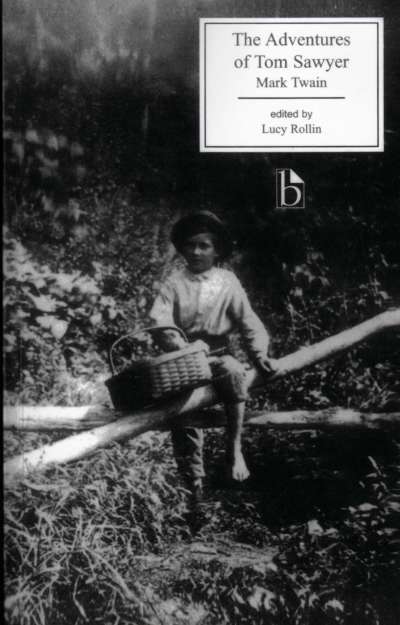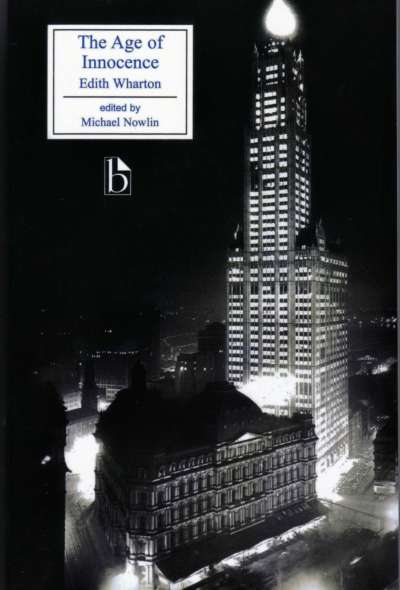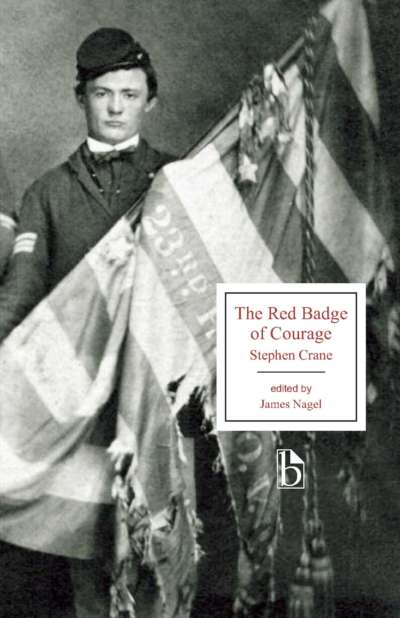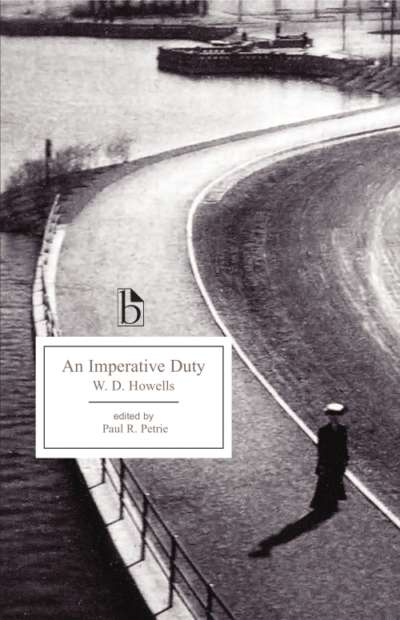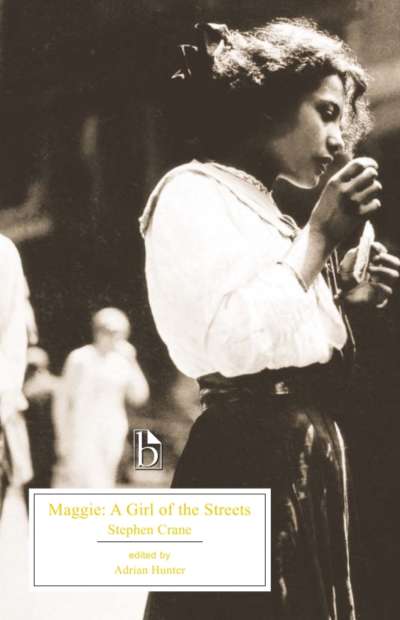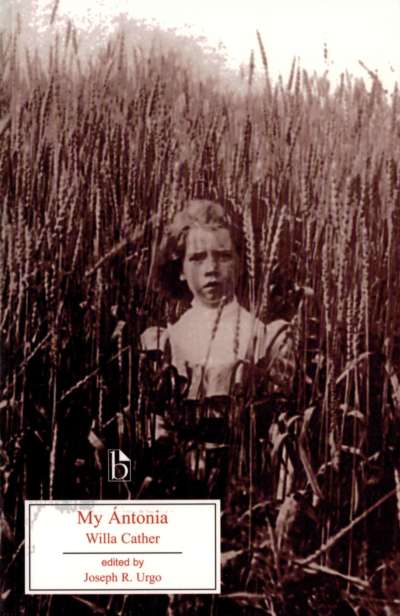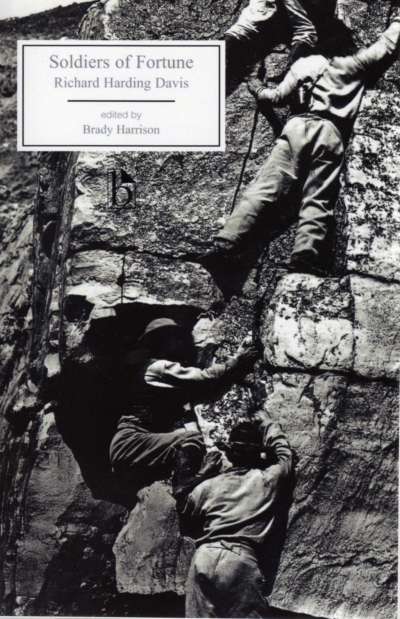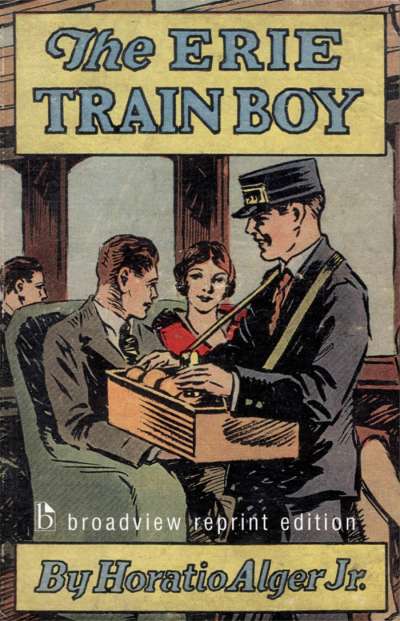
In Ragged Dick, Horatio Alger’s most successful book, Alger codified the basic formula he would follow in nearly a hundred subsequent novels for boys: a young hero, inexperienced in the temptations of the city but morally armed to resist them, is unexpectedly forced to earn a livelihood. The hero’s exemplary struggle—to retain his virtue, to clear his name of accusations, and to gain economic independence—was the basis of the Alger plot. Hugely popular at the turn of the twentieth century, Alger’s works have at different times been framed as a model for the “American dream” and as dangerously exciting sensationalism for young readers; Gary Scharnhorst’s new introduction separates the myth of Alger as “success ideologue” from the more complex messages conveyed in his work.
Ragged Dick is paired in this edition with Risen from the Ranks, another coming-of-age story of a young man achieving respectability. Historical appendices include extensive contemporary reviews, material on the “success myth” associated with Alger, and parodies of Alger’s work.
Comments
“This new publication of Ragged Dick and Risen from the Ranks offers not only an annotated edition of two popular Alger novels, but also presents a detailed study of the author and his American idea of success. Gary Scharnhorst has written widely on Horatio Alger, Jr., and in his introductory essay he lucidly discusses the author’s life, his ‘fiction formula,’ and his literary reputation. Both the casual reader and the historical scholar will appreciate Scharnhorst’s appendices, which include primary materials (such as contemporary book reviews) and other significant documents. The works of Horatio Alger, Jr. have been reprinted numerous times by modern publishers, but no edition comes even close to providing the wealth of resources available in Professor Scharnhorst’s fine book.” — Jack Bales, University of Mary Washington Library
“What a nice way to reintroduce readers to the novels of Horatio Alger Jr., who began writing for young people just over 150 years ago. Scharnhorst pairs the author’s most famous story of a New York bootblack with another popular story involving a country boy who models his life on Benjamin Franklin and succeeds without going to the city. Scharnhorst’s fine introduction examines the similarities, differences, and dissonances between the stories and demonstrates ways in which the meaning of Alger’s moral tales morphed in successive generations until the author became ‘a victim of mistaken identity.’ Supplemental materials acquaint readers with the author’s own reflections, views about children and success, and contemporary reception—from ads to reviews to parodies.” —Carol Nackenoff, Richter Professor of Political Science, Swarthmore College
Acknowledgements
Introduction
Horatio Alger, Jr.: A Brief Chronology
A Note on the Texts
Ragged Dick; or, Street Life in New York with the Boot-blacks
Risen from the Ranks; or, Harry Walton’s Success
Appendix A: Alger on Children and the Novel
- “The Newsboys’ Lodging House,” Liberal Christian (20 April 1867)
- From Christian Union (10 May 1883)
- “Are My Boys Real?” Ladies’ Home Journal (November 1890)
- From “The Novel—Its Scope and Place in Literature,” New York Railroad Men (March 1896)
- “Writing Stories for Boys,” Writer (March 1896)
Appendix B: Historical Documents on Children and the Success Myth
- From Benjamin Franklin, “The Way to Wealth” (1758)
- Mark Twain, “The Bootblacks,” Alta California [San Francisco] (14 July 1867)
- Mark Twain, “The Late Benjamin Franklin,” Galaxy (July 1870)
- From Charles Loring Brace, The Dangerous Classes of New York (1872)
Appendix C: Alger’s Critical Reception
- Advertisements
- New York Evening Post, (6 May 1868)
- Boston Journal, (6 August 1868)
- Boston Herald, (5 December 1868)
- Boston Transcript, (8 December 1868)
- Boston Transcript, (9 December 1868)
- Contemporary Reviews of Ragged Dick
- Providence Press, (11 May 1868)
- Salem Register, (11 May 1868)
- “A Lively Boy’s Book,” Boston Traveller, (13 May 1868)
- “Current Literature,” Advance, (21 May 1868)
- “Our Book Table,” Turf, Field, and Farm, (23 May 1868)
- New York Herald, (28 May 1868)
- From “Literary Matters,” Daily Cleveland Herald, (5 June 1868)
- From “Books for Boys, by Horatio Alger, Jr.,” Flag of Our Union,
(20 June 1868)
- “Ragged Dick,” Christian Register, (27 June 1868)
- Putnam’s Magazine (12 July 1868)
- Rufus Ellis, “Literary Notices,” Monthly Religious Magazine 40 (July 1868)
- “Library Table,” Round Table, (11 July 1868)
- “Ragged Dick,” Godey’s Lady’s Book and Magazine 77 (August 1868)
- Contemporary Reviews of Risen from the Ranks
- “Briefer Notices,” Advance, (29 January 1874)
- “Literary Notices,” St. Louis Republican, (17 October 1874)
- Alexandria, Va., Gazette, (22 October 1874)
- Vermont Phœnix, (23 October 1874)
- “Literary Matters,” Daily Cleveland Herald, (29 October 1874)
- “Briefer Notices,” Advance, (29 October 1874)
- Galveston, Texas, Daily News, (30 October 1874)
- “Literary Notices,” Philadelphia North American and United States Gazette,
(2 November 1874)
- “New Books, Charleston, S.C., News and Courier, (9 November 1874)
- “Recent Publications,” Portland, Me., Daily Press, (30 November 1874)
- “New Publications,” Arthur’s Illustrated Home Magazine 42 (December 1874)
- “Bound to Rise,” Little Rock Daily Arkansas Gazette, (22 December 1874)
- “Editor’s Table,” Ohio Farmer, (2 January 1875)
Appendix D: Early Alger Parodies
- Charles Battell Loomis, “Bernard the Bartender,” Puck (7 May 1894)
- Stephen Crane, “A Self-Made Man: An Example of Success That Any One Can Follow,” Cornhill Magazine (March 1899)
Gary Scharnhorst is Distinguished Professor Emeritus of English at the University of New Mexico, editor of American Literary Realism, editor in alternating years of American Literary Scholarship, and general editor of the “Studies in American Literary Realism and Naturalism” monograph series issued by the University of Alabama Press. A former chair of the American Literature Section of the Modern Language Association and former president of the Western Literature Association, he is also the co-author, with Jack Bales, of The Lost Life of Horatio Alger, Jr. (1985).


